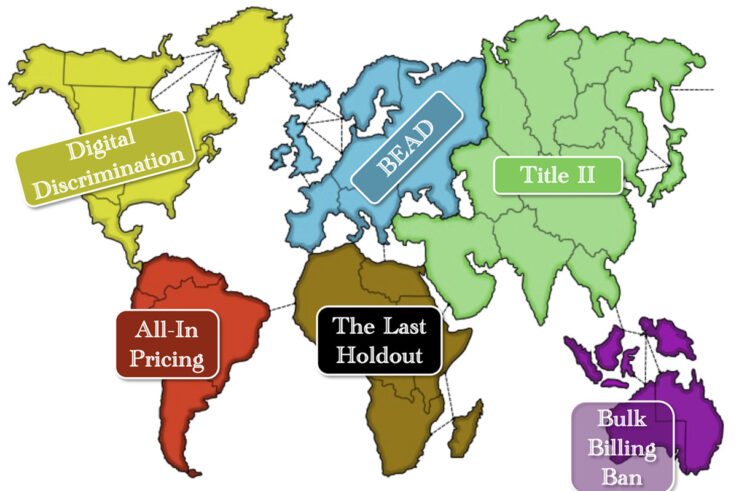This article is a part of the Merger Guidelines Symposium symposium.
Do the Merger Guidelines need revision? No. Thanks for having me.
OK. Yes–and market definition/market shares, and in particular the effective incorporation of supply-side effects, seem to me like the most pressing issues in need of attention.
Judge Posner, in the first edition of his justly celebrated Antitrust Law, noted that market definition was an unfortunate means to an end, a necessity given the inability of our analytical tools effectively to assess the effects of mergers beyond a circumscribed boundary. As Posner noted,
The importance attached to defining a market in which to appraise the competitive effects of a challenged merger is on more example of the law’s failure to have developed a genuinely economic approach to the problem of monopoly. If we knew the elasticity of demand facing a group of sellers, it would be redundant to ask whether the group constituted an economically meaningful market. . . . It is only because we lack confidence in our ability to measure elasticities, or perhaps because we do not think of adopting so explicitly economic an approach, that we have to define markets instead.
I doubt we would shun the approach for being too explicitly economic today, but I think a very small number of cases permit us to identify competitive effects with sufficient confidence—Staples being the paradigmatic case. We may be stuck with market definition, but the outdated conception enshrined in the Guidelines–of measuring concentration in a static market defined essentially by demand-side elasticities–can surely be improved upon.
In the first instance, we should remove any hint of a concentration/price presumption so intimately tied to measuring market definition and HHIs. Although the Guidelines attempt to cabin the market definition and market share analyses as “starting points,” in practice they are the beginning and end of most merger cases. The Merger Guidelines (and, importantly, agency practice) should be revised to limit reliance on market definition and market share, at a minimum by stating explicitly that the definition of the market and the calculation of market shares are not sufficient to indicate adverse competitive effects, and perhaps also by removing HHI threshold discussions which seem to imply the same. Even if the agencies and the Guidelines don’t mean these tools to be used in this way, courts haven’t really gotten the message.
At the same time, the Guidelines should explicitly incorporate supply side elasticity into the market definition inquiry. There is little defense of the Guideline’s statement that “Market definition focuses solely on demand substitution factors—i.e., possible consumer responses.” While the Guidelines and actual practice do attempt to make some allowance for supply-side effects, these allowances seem like afterthoughts, and I think it is rare that HHIs are calculated to incorporate production capacity not currently devoted to the narrowly-demand-defined product market, especially outside of the commodity realm. Meanwhile, even a small bias against supply substitution, entry and unforeseen competitors (and/or new products) is a particular problem in fast-shifting, innovative industries where this is precisely whence the most significant competitive threat will come.
To the extent (and it is a large extent) that market definition and market share are far-removed from competitive effects, they should be more carefully circumscribed by the Guidelines. The economic irrelevance of much of the evidence used to define markets and the general disregard for supply-side response help to ensure that market definition, while incredibly important in litigation, is not actually all that helpful. At the same time, the general lack of correlation between concentration and unilateral effects makes reliance on the calculation of market shares (of crabbed markets, often disregarding supply-side effects) similarly misleading and prejudicial.




